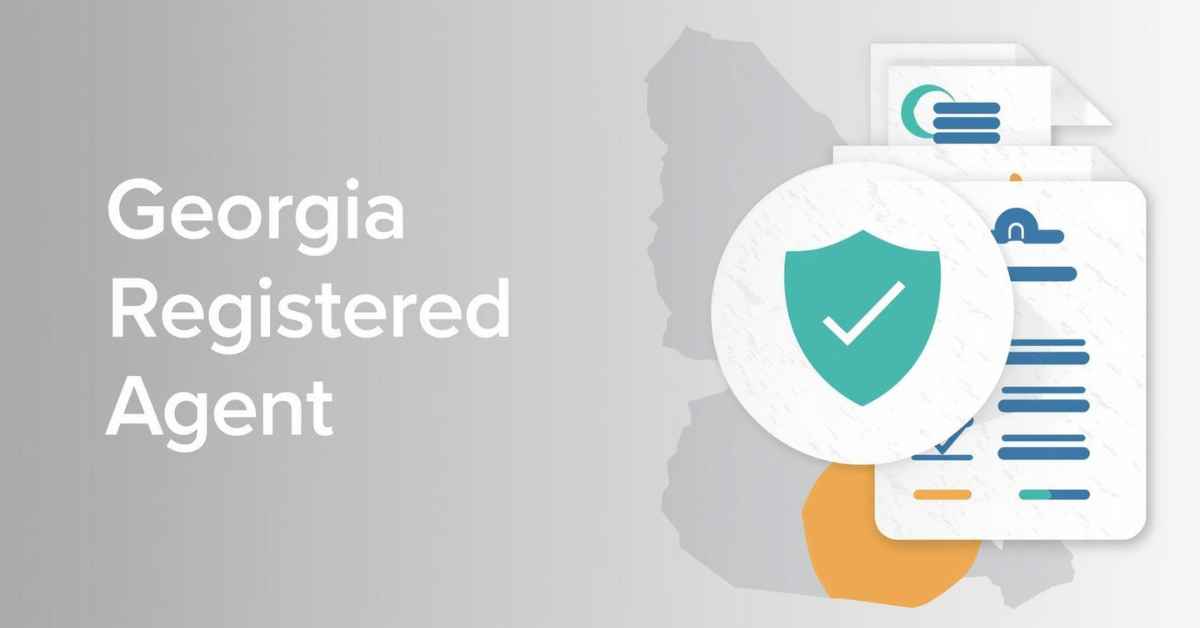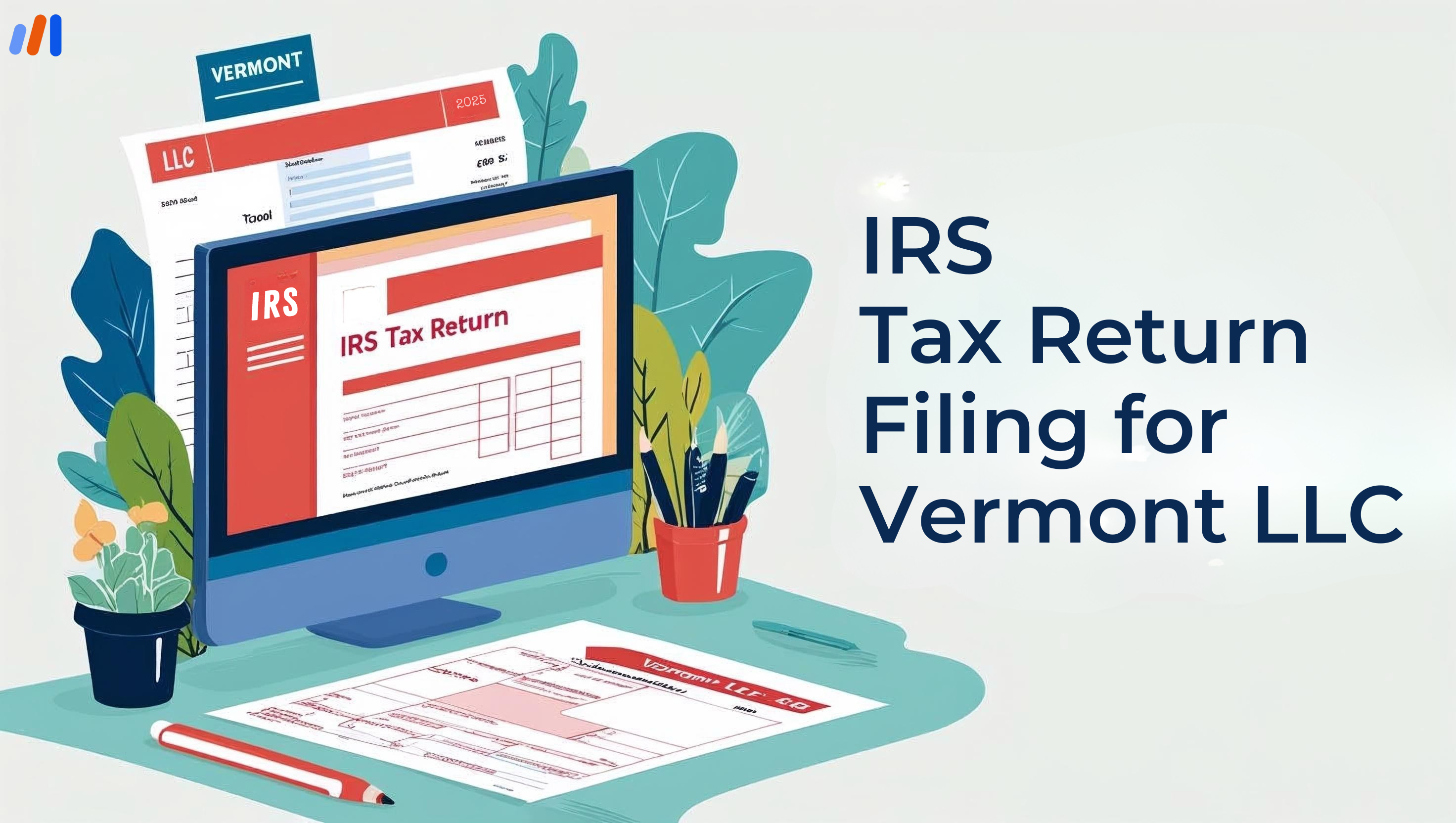Are you at a loss regarding the sheer volume of IRS tax forms? The tax period can make one feel like they are in an ‘All Over the Place’ paper’s ranges and stresses. The availability of forms presents a similar problem whereby one can easily become frustrated and lost.
To spare you and protect you from taxing service filing procedures, retrieving and submitting tax documents, we made an effort to gather the 10 most commonly used IRS tax forms within one painless list.
This listing also explains how such forms operate and, more importantly, when one should use them together with the relevant information that goes into them.
With this guide, you’ll be better equipped to tackle your taxes confidently and efficiently.
1. Form 1040
This is the primary individual income tax return form used by taxpayers to report their annual income to the IRS. It captures various income sources, including wages, dividends, and capital gains, and is essential for calculating your total tax liability or potential refund. Filing this form accurately ensures that you comply with tax regulations and avoid penalties.
Costs: It is free though when one files electronically.
Form Document File: Form 1040.
Who needs to file: Individuals earning any income, who report it, make deductions, and determine their tax owing or refund.
Deadline: 15 April
Penalties: In the event you won’t be able to apply within the specified time limit, you will be liable for penalties of 5% of the unpaid tax for every month or fraction thereof that the return is late, up to a maximum of 25%.
2. Form W-2
This form is worth taking highly as it contains recorded information about earnings by the employer, taxes that have been withheld from pay, and other forms of employment such as pension plans and health insurance by the employer. Employees require Form W-2 in filing their income tax returns, hence it plays a vital role in tax preparation.
Costs: Free.
Form Document File: Form W2.
Who needs to file: Employees who are paid wages and who must report their wages earned and the taxes paid on this wage.
Deadline: Employers must provide by 31 January
Penalties: The penalty for employers who file Form W-2 late is $50 for every form filed late with the maximum penalty determined by how many days late the forms are.
3. Form 1099
This form includes the details of earnings other than wages, such as interest paid by banks, rental earnings, and money earned through freelance services. The document comes in many forms depending on the source of income, for instance, 1099- MISC for miscellaneous income and 1099- INT for interest earned. All of them are important to one’s record of income for taxation purposes reporting.
Costs: Free.
Form Document File: Form 1099.
Who needs to file: Any person earning income in a form other than wages, such as a freelancer, equity holder, or one earning from interest/dividends.
Deadline: Sent to the recipients on or before the 31st of January and filed with the IRS on February 28 (due March 31 for electric filing) or before.
Penalties: Several penalties on the late filing of a Form 1099 are similar to W-2 and range between $50 and $260 any amount per 1099 forms depending on how late in a given period has the form been submitted.
4. Schedule A
Schedule A must be completed by taxpayers who make the election to use itemized deductions in place of the standard deduction. This allows taxpayers to detail and claim tax-needy particulars like medical treatment costs, interest paid on loanable properties, donations, etc thereby reducing the amount chargeable by the taxman to them. It is critical for taxpayers to document these expenses because, given the nature of the deduction, they will benefit from doing so.
Costs: Free.
Form Document File: Schedule A
Who is required to file: Refundable tax credits are compiled because of indenture on behalf of those individuals who intend more to claim actual costs incurred during ail taxable year instead of simply standard deduction and do itemize on their forms.
Deadline: 15 April.
Penalties: The imposition of tax similar to what may be applicable in terms of penalties for failure to file a request though applicable submit a return including the form 1040 with schedule A.
5. Schedule B
This schedule Surry is utilized for listing any interest and dividends received during the entire taxable period. Taxpayers have to fully disclose their financial accounts and the income earned from them, to comply with IRS requirements. These help in the reporting of total income reporting.
Costs: Free.
Form Document File: Schedule B
Who needs to file: These are forms for those individuals who earn interest and dividend income which is over the set cut-off limits.
Deadline: April 15.
Penalties: Well, if a taxpayer reports interest and dividends late, he will also incur some penalties in the tax return on other tax liabilities.
6. Schedule C
A tip to appropriate self-employed persons, including freelancers and owners of small-scale businesses, partners’ cardio, injections, and pain management report on Schedule C. This specifically gives a summation of income and expenditure incurred by the business entity to help in the calculation of profit or loss. Correct supporting documents are important for completing this particular form.
Costs: Free.
Form Document File: Schedule C
Who needs to file: These are for self-employed individuals or sole proprietors who require the filing of profit and loss arising from business activities.
Deadline: April 15.
Penalties: Should you be self-employed therefore alongside Form 1040, to fill the form Schedule C, you cannot submit it as this is quite a filing.
7. Schedule D
A person will need Schedule D if there has been any buying or selling of stocks, bonds, or any other investment securities during the tax year as it reports all capital gains or losses. This form assists taxpayers in working out amounts of how much profits or losses they have made in their investments and this is very vital in establishing the taxation. Proper documentation of these transactions is very important in this case.
Costs: Free.
Form Document File: Schedule D
Who needs to file: Investors who have disposed stocks, bonds, and other securities and require filling in returns on gains and losses incurred on disposal of investment.
Deadline: April 15.
Penalties: Given the bringing of Schedule D, any capital gains or losses are not reported which would end up in imposing penalties along these lines giving factors that would alter the tax computation.
8. Form 1040-ES
Similar to Schedule D for taxpayers with investment income, Form 1040-ES is important in making any estimated tax payments made if taxes due are not wiped out by the income withholding taxation made at sources. This form prevents these individuals, especially self-employed and those with other income, from being penalized for underpayment of taxes at the end of the year since they prepay their taxes within the year. Traditionally these payments are done every quarter.
Costs: Free.
Form Document File: Form 1040-ES
Who needs to file: Individuals, whether one is an employee or self-employed who anticipates paying taxes but whose employer did not withhold taxes and therefore fall under the estimation taxes category.
Deadline: Quarterly installments should be done on the 15th of April, the 15th of June, the 15th of September, and the 15th of January of the following year.
Penalties: There are penalties for not making estimated tax payments and such penalties are 0.5% of the unpaid tax for every month or part of a month the tax amount remains unremitted.
9. Form 2210
If taxpayers happen to underpay year-round taxes and wish to self-calculate any possible penalties for such underpayment, they need to file Form 2210. This form determines if and how much of the underpayment of the taxpayer is excludable from penalties based on the safe harbor provisions by showing timely payments. Knowledge of this form is essential in carrying out tax functions.
Costs: Free.
Form Document File: Form 2210
Who needs to file: Taxpayers who have been underpaying their estimated taxes and are now undertaking an undertaker of penalties or interest.
Deadline: When you are submitting your annual tax return.
Penalties: If you did not pay what was required for the estimated tax payment, penalties may accrue after some time and they may depend on the total amount that was underpaid and the period it has been outstanding.
10. Form 1040-X
In case you need to make changes to a tax return made for the tax year filed due to either errors made on it, or due to changes of income and or developments of other deductions this form is 1040-X. This form gives one a provision to amend or revise previous returns and the layer of tax liability for that period. It is sorry to file this and similar forms too late. It needs to be submitted within the official limits to prevent future problems.
Costs: Free.
Form Document File: Form 1040-X
Who needs to file: Any individual who intends to change or update any of their tax returns filed earlier.
Deadline: Usually, a maximum of three years, starting from the date of the original return.
Penalties: Late submission of prepared amendments will also extend the time taken to process the tax return and may affect any refunds due with possible sanctions if theirs are extended.
Conclusion
Learning the 10 main forms stated in this guide will help you report the income, deduct taxable amounts, and compute the taxes due.
These forms also have different meanings and knowing the requirements for each can save you a lot of errors and penalties. These forms require proof of financial activity and accurate completion of these forms also depends on record management.
However, if any of the forms you require help with or have questions help is available from a tax professional (Easyfiling). Understanding and using these IRS tax forms is important for making the process of filing taxes as seamless as it is supposed to be.
File Your LLC Today
25$ off with a coupon
Lock in EasyFiling's transparent rates and get lifetime compliance support at no extra cost.
Get Started Now








